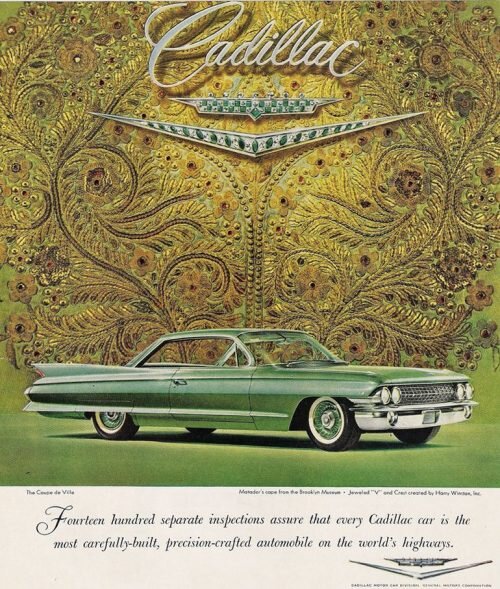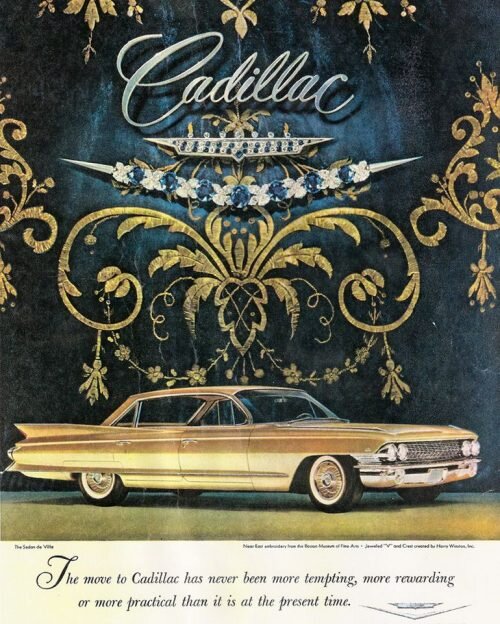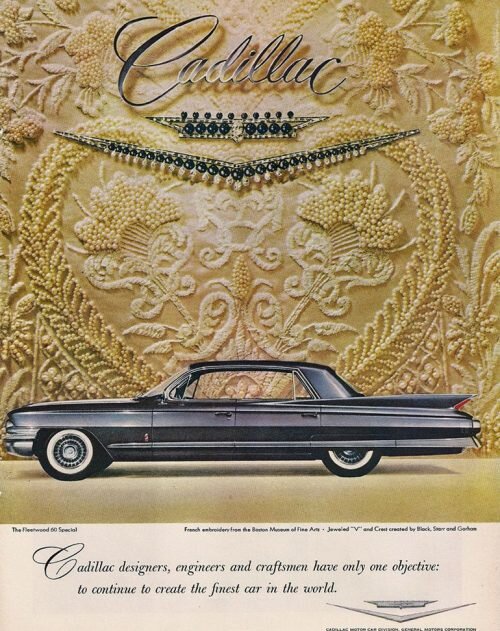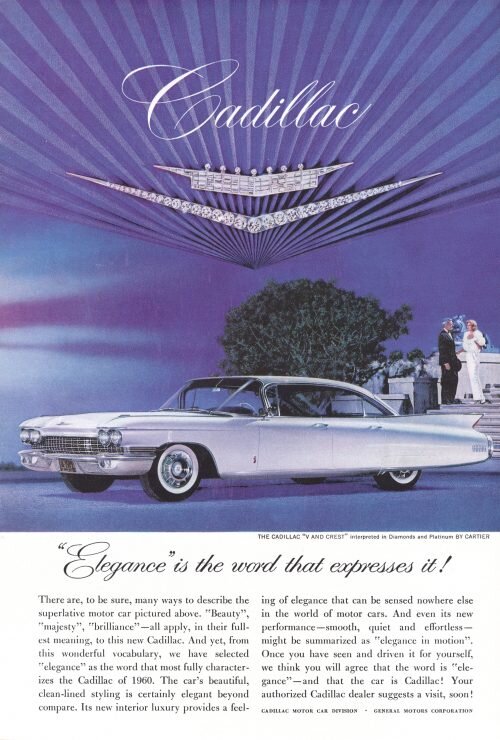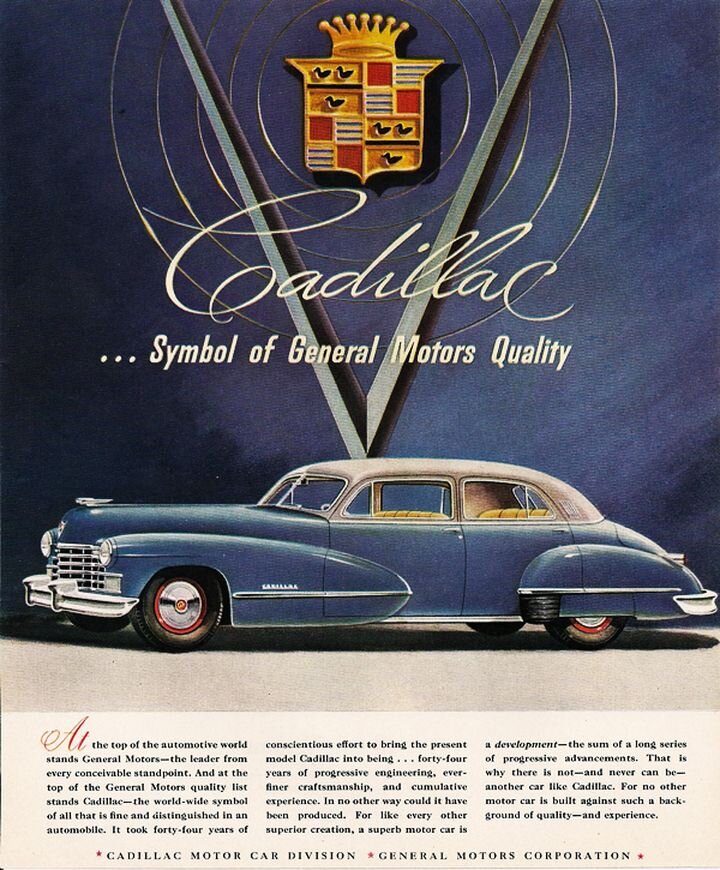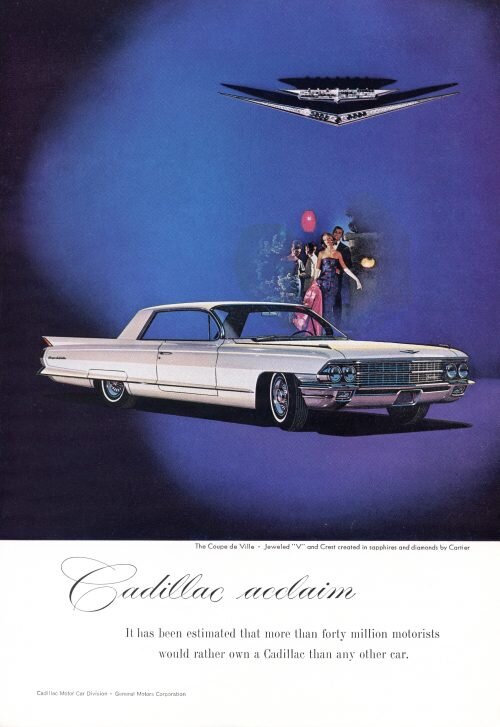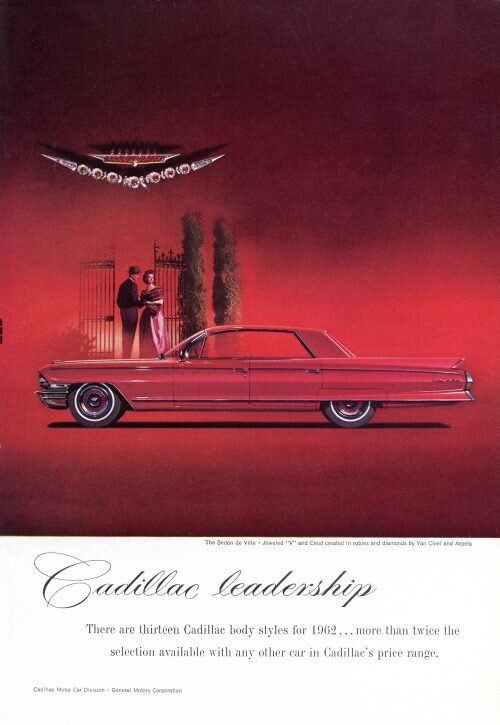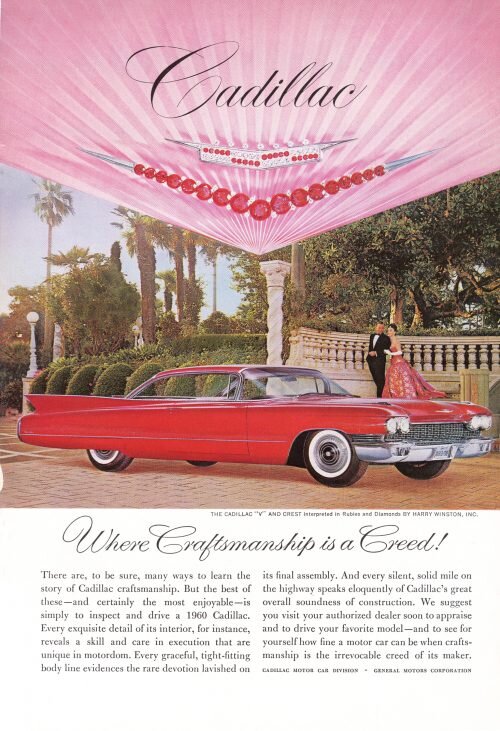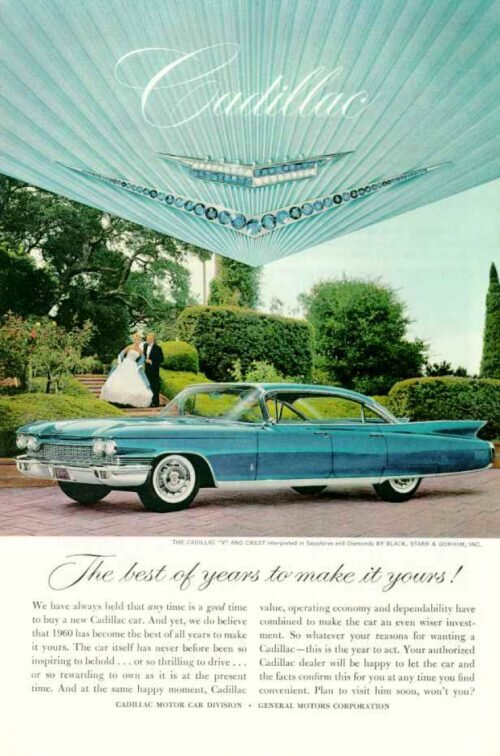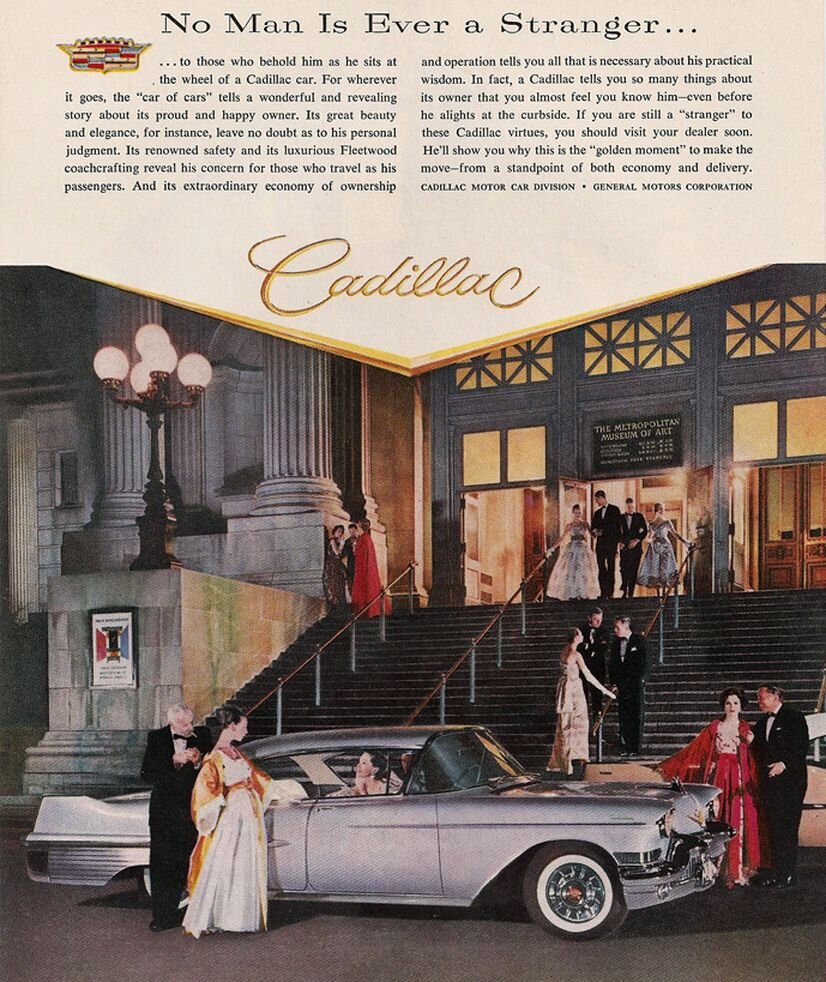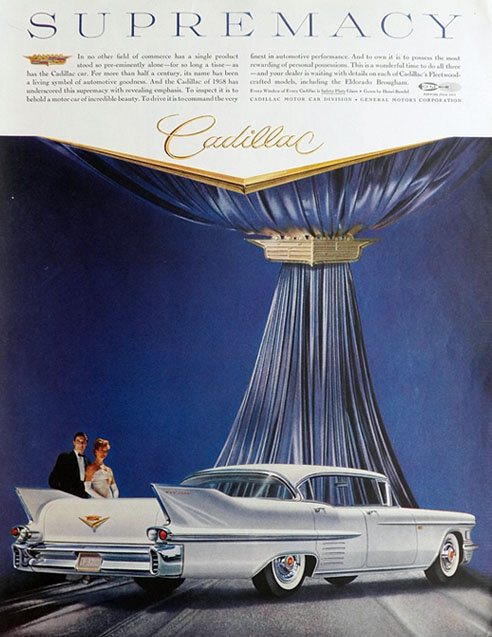Marketing 101: Lessons from Cadillac and "The Penalty of Leadership"
“If the leader truly leads, he remains — the leader. Master-poet, master-painter, master-workman, each in his turn is assailed, and each holds his laurels through the ages. That which is good or great makes itself known, no matter how loud the clamor of denial. That which deserves to live — lives.”
In a competitive world where “emulation and envy are ever at work,” many companies find it hard to use advertising as a space to break free from the rigid rules of business. However, those that invest in creative and inclusive styles of marketing often find the most success. Why? Because when a consumer purchases an item, a service, or an experience, they are looking to buy much more than the physical product. They are looking to buy an identity.
“The Penalty of Leadership,” written by Theodore F. MacManus for Cadillac in 1915, is a shining example of this. The ad is almost an exact replica of a character statement from an omnipresent perspective. It allows its readers to develop an affinity for the morality of the manufacturer and not the quality of the product. “The real suggestion to convey is that the man manufacturing the product is an honest man, and that the product is an honest product, to be preferred above all others,” said MacManus when asked about the objective behind this marketing style.
“The Penalty of Leadership” was a radical departure from previous Cadillac advertisements, but what it lacked in glamor and extravagance it made up for its ingenious style. (Source: Entrepreneur)
Cadillac was widely recognized as a luxury automobile company but in the early 1900s faced rivalries with Ford and Packard Motors. Ford presented their cars as reliable and affordable at the cost of only $400, while Packard Motors produced high end vehicles like Cadillac for about $2,000. Starting in 1905, the highest-end Cadillac models featured an incredibly dependable four-cylinder engine. However, a few years later Packard Motors came out with a six-cylinder engine on their new luxury models. Cadillac immediately felt pressured to respond, and they came out with a high speed V-8 engine that was later described as “skittery at first, prone to short circuits and fires.” Many began to think the company was at the start of its downfall until “The Penalty of Leadership” was written.
In startling contrast to the colorful ads of its era, “The Penalty of Leadership” was printed subtly in black and white ink. Cars, cylinders, nor the automotive industry are mentioned. Only a small logo placed in the top right corner of the decorative border and another embedded in the center below binding the ad to Cadillac. This revolutionary approach defined the brand’s dominance and set the standard for a level of originality directly tied to genius within the company’s work. Its closing sentences —“That which is good or great makes itself known, no matter how loud the clamor of denial. That which deserves to live– lives”— leave readers inspired individually and collectively as buyers of this upstanding brand. These statements also uniquely foreshadow Cadillac’s success over the next century and the close of Packard Motors in 1958.
However, they also serve as a motivational outline of how to harness the entrepreneurial spirit into a fortune of success. Both Cadillac and the agency MacManus, John & Adams reportedly received requests for a copy of “The Penalty of Leadership” almost every week for 30+ years after it was written. Elvis Presley kept a copy of it framed in his home at Graceland and says it heavily influenced his work. To this day, it is recognized as one of the most influential and timeless ads.
Gallery Credits: Petrolicious
Thumbnail Credits: New Roads Automotive Group

